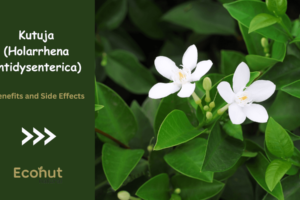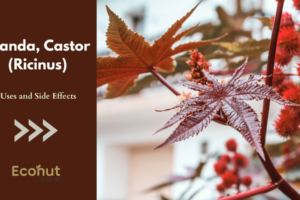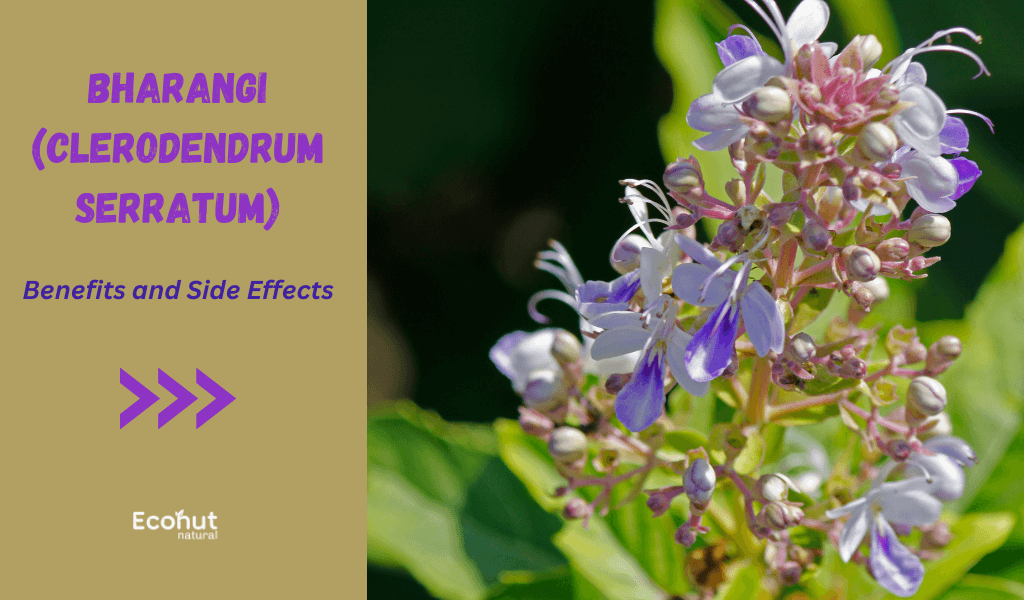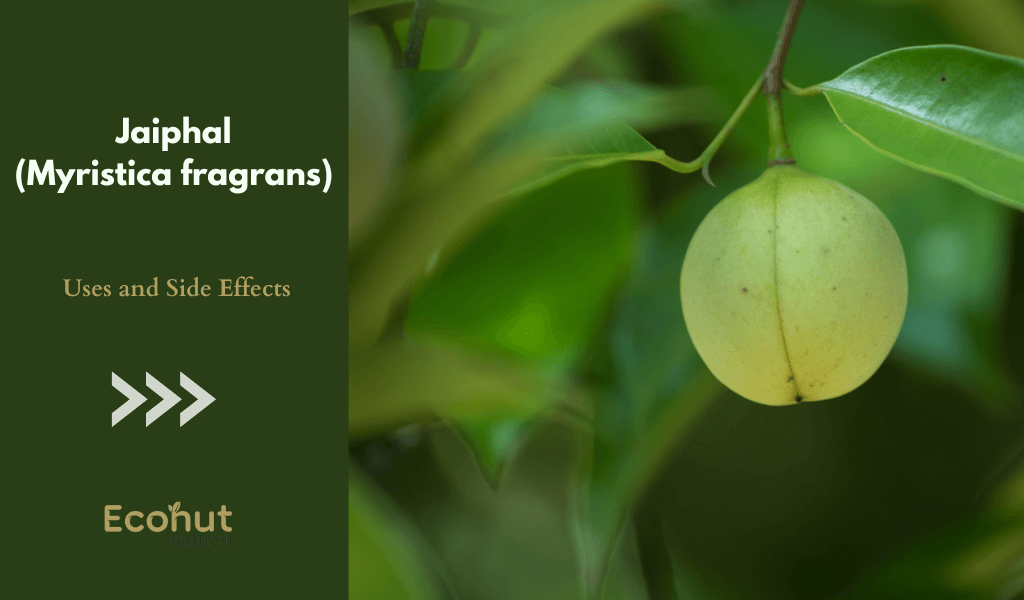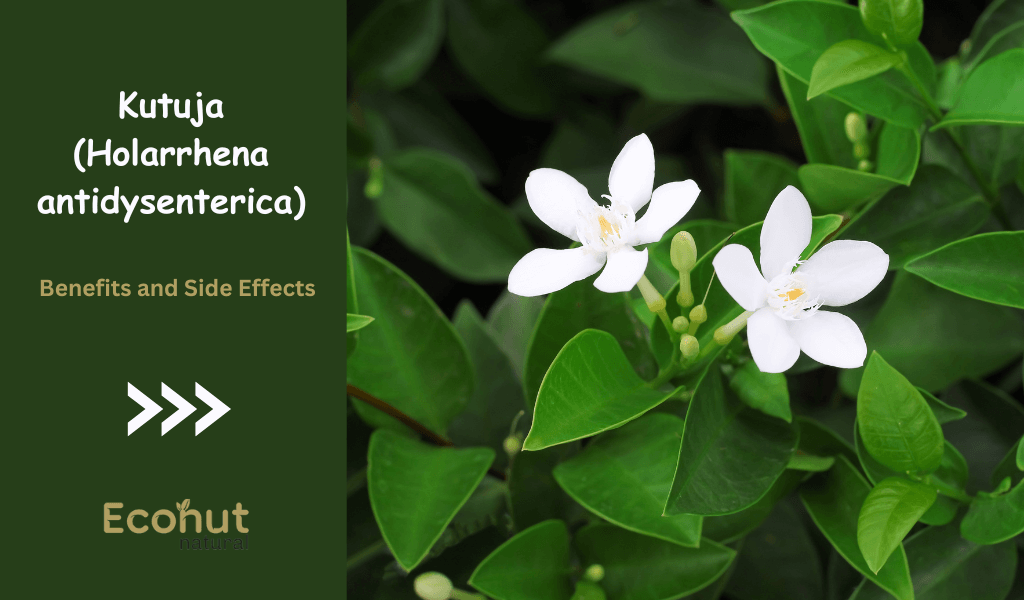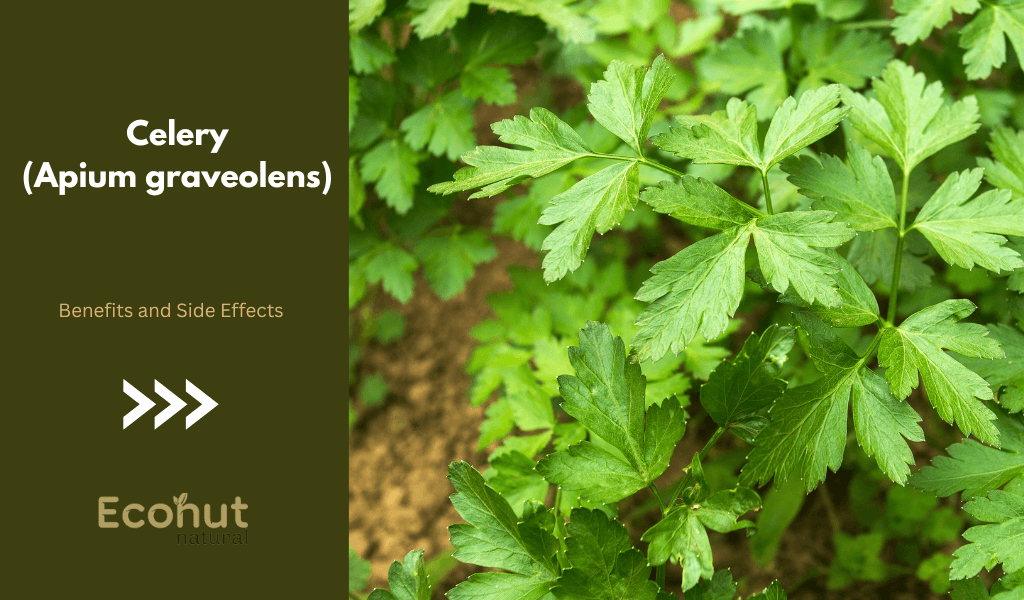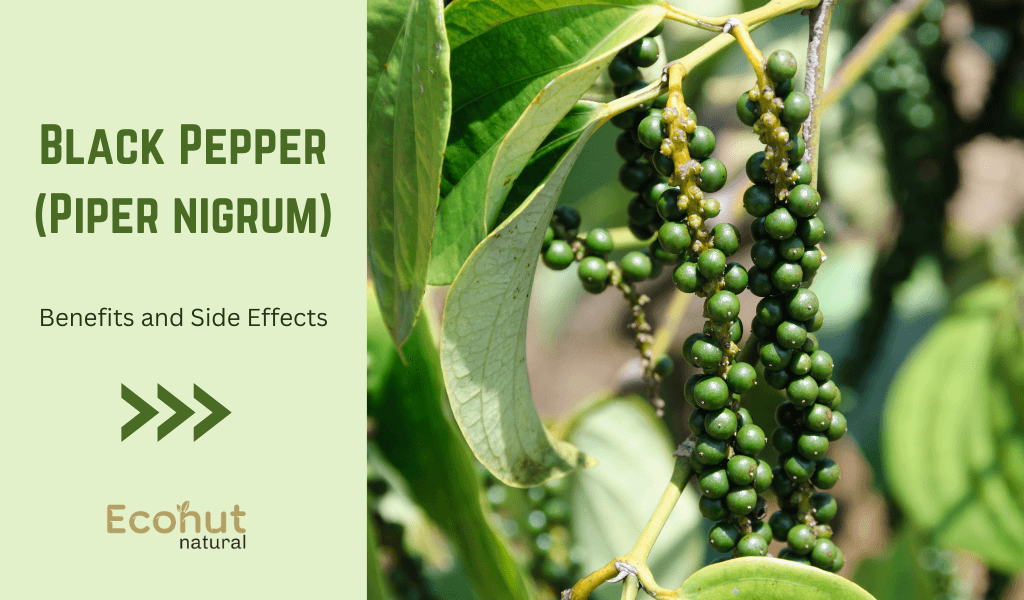Bharangi, scientifically known as Clerodendrum serratum, is a medicinal plant found mainly in the Indian subcontinent. It belongs to the Lamiaceae family and is known for its therapeutic properties in traditional Indian medicine systems like Ayurveda and Siddha.
In traditional Indian Ayurvedic medicine, Bharangi has been valued for its therapeutic properties. It is believed to possess expectorant, anti-inflammatory, antimicrobial, and bronchodilator properties. Bharangi has been used to treat respiratory ailments such as asthma, bronchitis, and coughs. Additionally, it has been employed in the treatment of fevers, jaundice, skin diseases, and rheumatism.
Bharangi is often prepared and administered in various forms such as decoctions, powders, or extracts. However, it’s important to note that while traditional remedies may offer potential benefits, consulting with a healthcare professional before using Bharangi or any herbal remedy is advisable, especially if you have any existing health conditions or are taking medications.
Bharangi Scientific Classification:
The scientific classification of Bharangi is below:
- Kingdom: Plantae
- Family: Lamiaceae
- Genus: Clerodendrum
- Phylum: Angiosperms
- Class: Eudicots
- Order: Lamiales
- Species: C. serratum
Bharangi Name:
- Latin Name: Clerodendrum serratum
- English name: Turk’s turban moon, Beetle killer, Blue glory
- Sanskrit name: Bhramanayastika, Kharashakha, Padma, Kasajith, Barbura
- Malayalam: Kankabharani
- Bengali name: Bamun hatee, Baman hatee, Bhumijam
- Gujarat name: Bharangee
- Oriya name: Chinds
- Common names: Bharangi, Kasaghni, Phajuka, Vtari, Beetle killer, Blue glory
- Hindi name: Bharangi, Babhanaiti
- Punjabi name: Bhadangee
- Tamil name: Cheruteku
- Telgu name: Canttubrarangee
- Urdu name: Bharangi, Baharangi
Ayurcedic Properties of Bharangi:
Hindi/Sanskrit:
- Rasa, Katu, Tikta
- Guna, Laghu, Ruksha
- Virya, Ushna
- Vipaka, Katu
English:
- Taste, Pungent, Bitter
- Physical Property, Light, Dry
- Potency, Hot
- Metabolic Property (After Digestion), Pungent
Bharangi (Clerodendrum Serratum) Benefits
Bharangi, also known as Clerodendrum serratum, is a medicinal plant used in traditional Ayurvedic medicine. It is native to India and is valued for its various health benefits. Some of the benefits of Bharangi include:
Respiratory Health:
Bharangi is commonly used to treat respiratory conditions such as cough, bronchitis, asthma, and other respiratory tract infections. It possesses expectorant properties, which help in clearing phlegm and mucus from the respiratory passages, thus providing relief from congestion.
Anti-inflammatory Properties:
Bharangi contains compounds that exhibit anti-inflammatory properties. This makes it beneficial in reducing inflammation in the body, which can help alleviate symptoms of inflammatory conditions such as arthritis and inflammatory bowel diseases.
Antioxidant Activity:
Bharangi contains antioxidants that help in scavenging free radicals in the body. Free radicals are unstable molecules that can cause oxidative damage to cells and contribute to various health problems, including aging and chronic diseases. By neutralizing free radicals, Bharangi helps protect cells from damage and promotes overall health.
Liver Health:
Some traditional practitioners use Bharangi to support liver health and treat liver disorders. It is believed to have hepatoprotective properties, which can help protect the liver from damage and improve its function.
Anti-diabetic Effects:
Some studies suggest that Bharangi may have hypoglycemic effects, meaning it can help lower blood sugar levels. This makes it potentially beneficial for individuals with diabetes or those at risk of developing the condition.
Digestive Health:
Bharangi is used in traditional medicine to aid digestion and relieve digestive disorders such as indigestion, bloating, and abdominal pain. It is believed to stimulate the digestive fire (agni) and promote the proper digestion and absorption of nutrients.
Immune System Support:
It is believed that Bharangi has immunomodulatory properties, which means it can help regulate the immune system. This can be beneficial in supporting overall immune function and improving the body’s ability to fight off infections.
Wound Healing:
Bharangi is sometimes used topically to promote wound healing. Its antimicrobial and anti-inflammatory properties may help prevent infections and reduce inflammation, thereby facilitating the healing process.
Side Effects of Bharangi (Clerodendrum Serratum)
Clerodendrum serratum, commonly known as Bharangi, is a medicinal plant used in various traditional systems of medicine, particularly in Ayurveda, Siddha, and Unani. It’s primarily used for its therapeutic properties, but like any herbal remedy, it may have side effects or adverse reactions in certain individuals. The several side effects are below:
Allergic Reactions:
Some individuals may experience allergic reactions to Clerodendrum serratum. This could manifest as skin rashes, itching, or even more severe reactions like difficulty breathing or swelling of the face, lips, tongue, or throat.
Pregnancy and Breastfeeding:
Pregnant and breastfeeding women should avoid using Bharangi unless prescribed by a qualified healthcare practitioner. There’s limited information available regarding its safety in these populations, so caution is advised.
Drug Interactions:
Clerodendrum serratum may interact with certain medications, either enhancing or inhibiting their effects. Individuals taking prescription medications should consult with a healthcare professional before using Bharangi to avoid potential interactions.
Gastrointestinal Issues:
In some cases, consumption of Bharangi might lead to gastrointestinal discomfort such as nausea, vomiting, or diarrhea. This could be due to the plant’s effects on the digestive system.
Liver Toxicity:
There are reports suggesting that excessive consumption or prolonged use of Clerodendrum serratum may lead to liver toxicity in some individuals. This could manifest as elevated liver enzymes, jaundice, or other signs of liver dysfunction.
Conclusion
This plant is a medicinal plant widely used in traditional Ayurvedic medicine. Extracts from various parts of the plant, including leaves, roots, and stems, have been utilized for their therapeutic properties for centuries.
Also More: How to Use Aloe Vera Gel on the Face
FAQS
What are the health benefits of Bharangi?
This plant use as an expectorant, anti-inflammatory, analgesic, and antipyretic agent. It is commonly used in Ayurvedic medicine to treat respiratory disorders, such as cough, asthma, and bronchitis. It is also used to improve digestion and treat fever.
How is Bharangi used in Ayurvedic medicine?
In Ayurveda, Bharangi is primarily used in the form of powder, decoction, or as part of herbal formulations. It is often combined with other herbs to enhance its therapeutic effects.
Can Bharangi be used to treat respiratory disorders?
Yes, Bharangi is commonly used in Ayurvedic medicine to treat respiratory disorders such as cough, bronchitis, and asthma. It is believed to help alleviate symptoms like coughing, congestion, and difficulty breathing.


